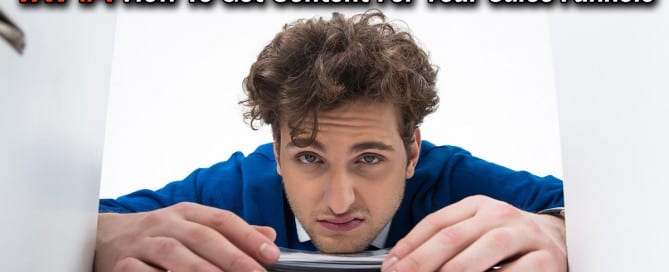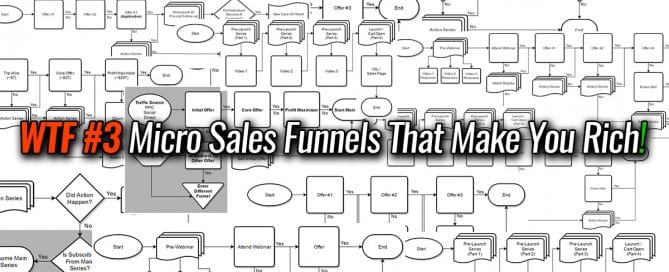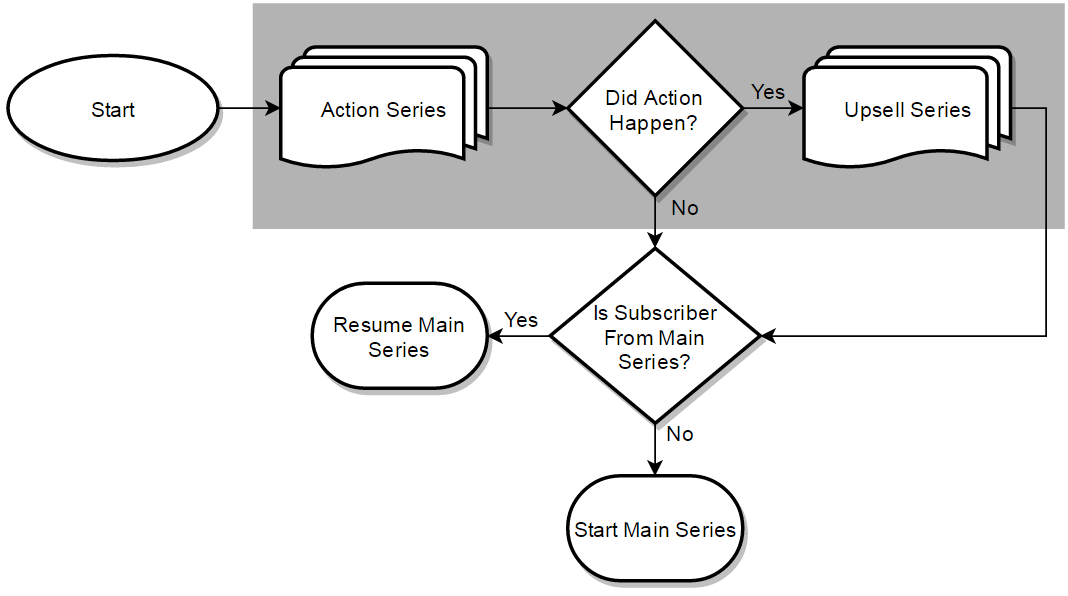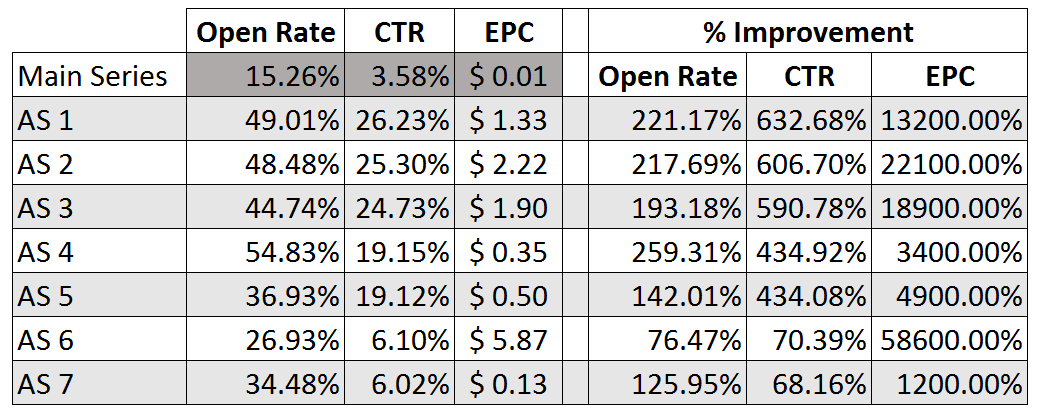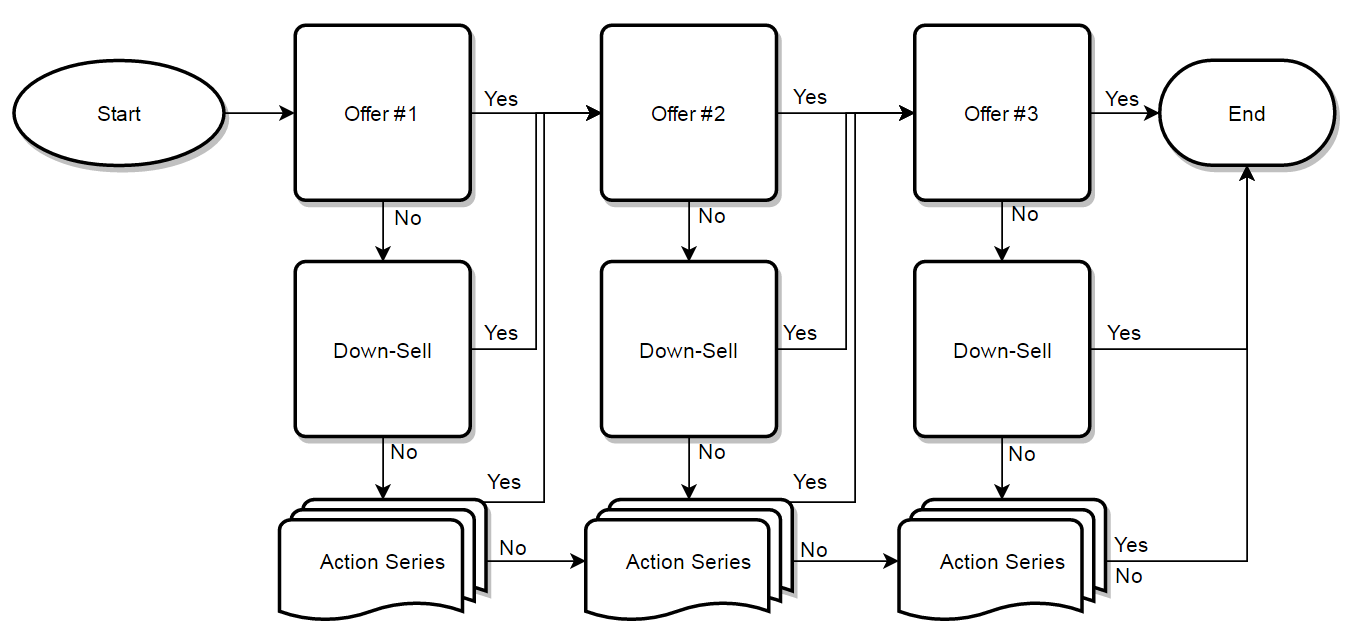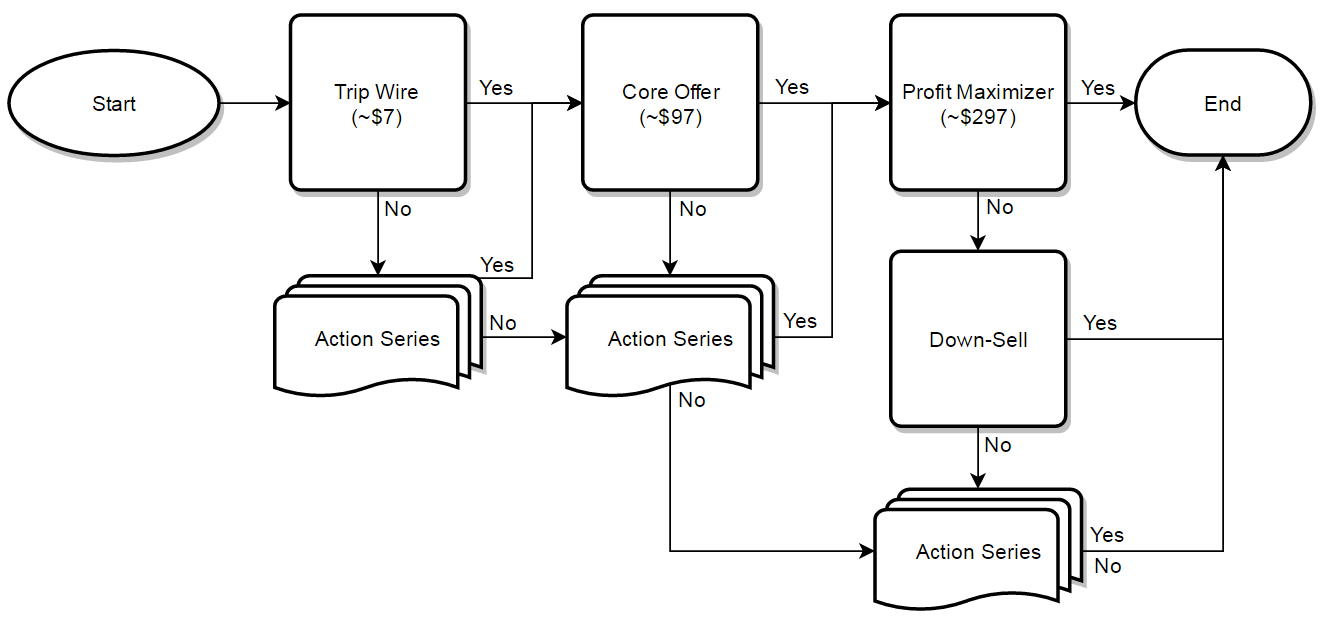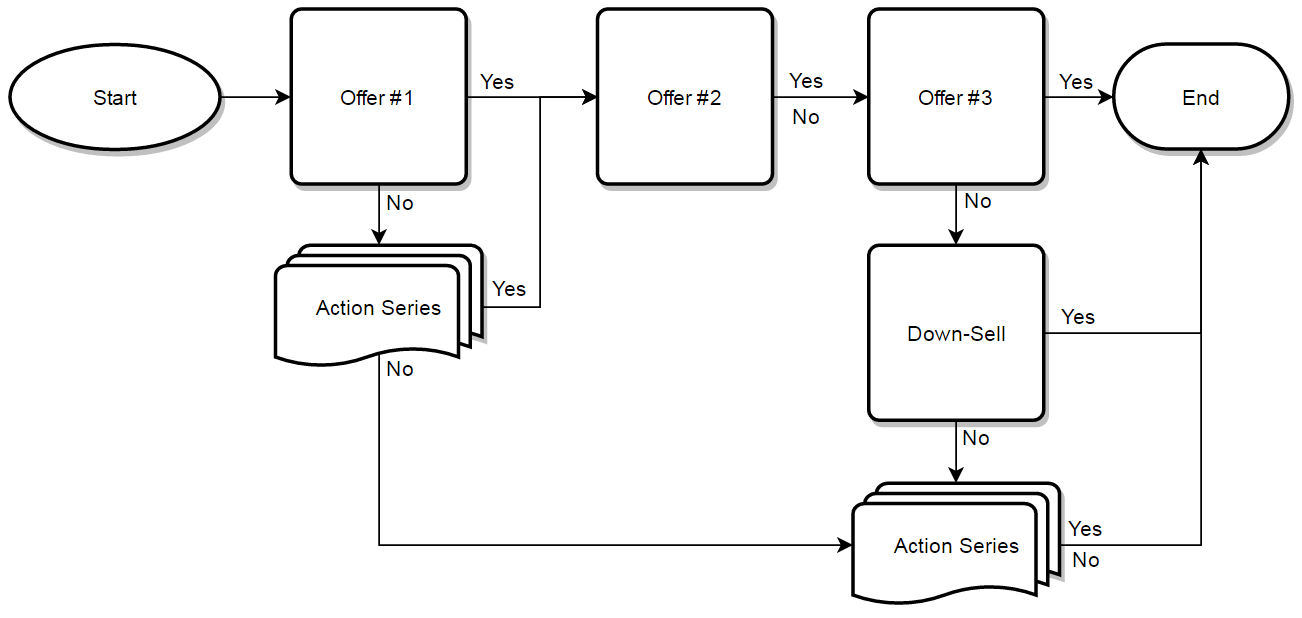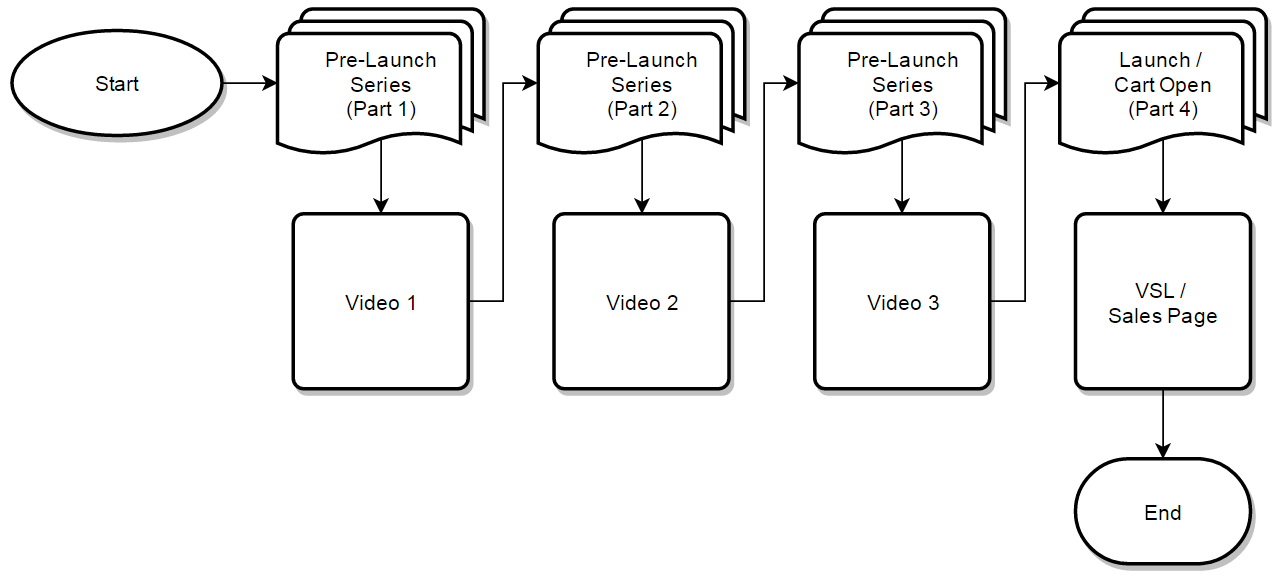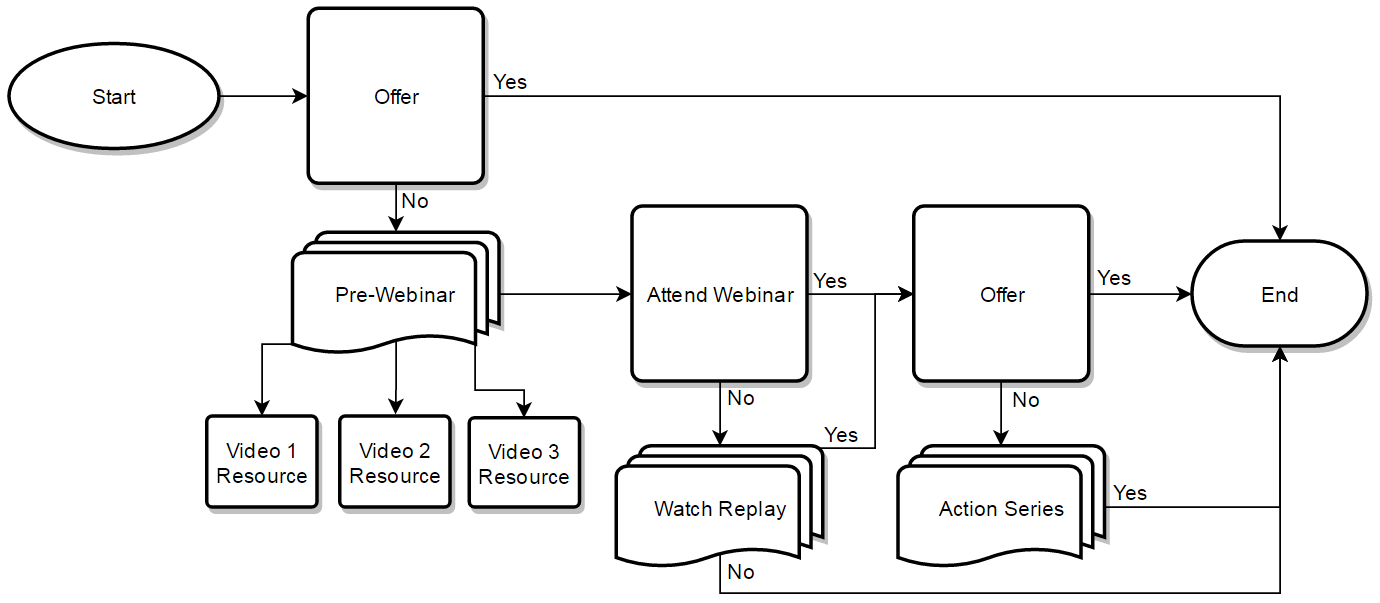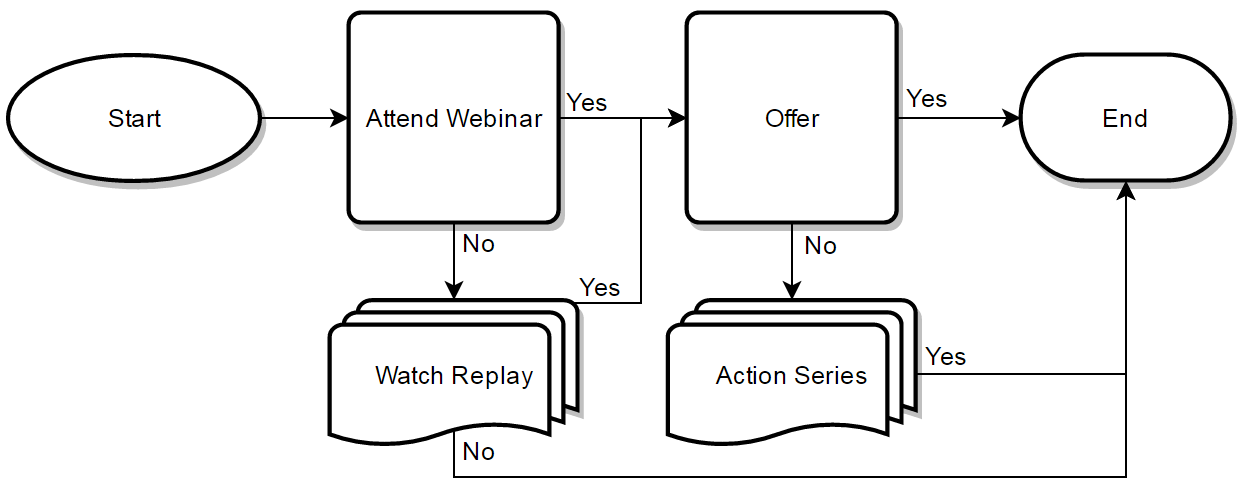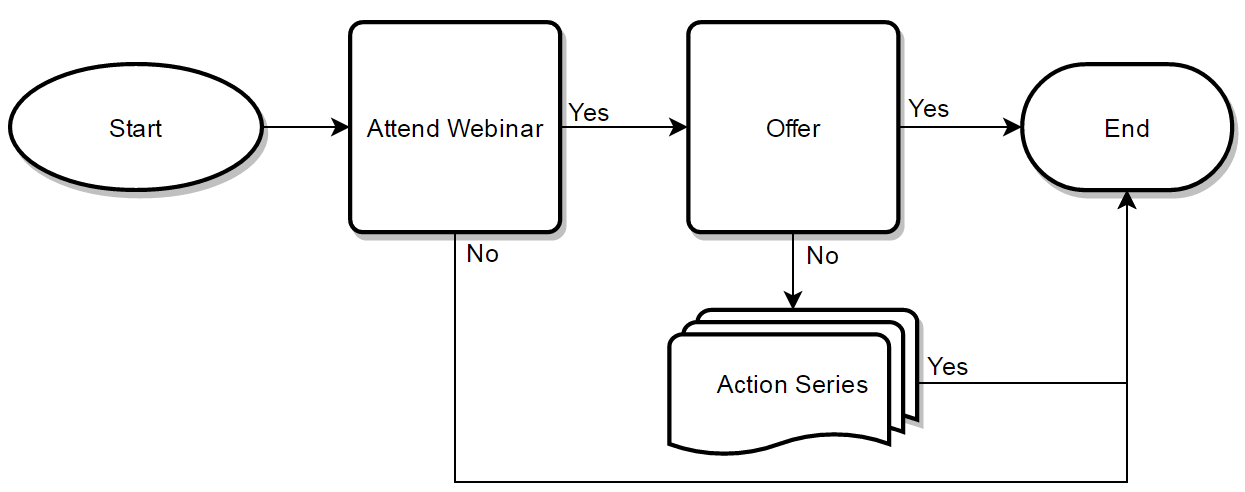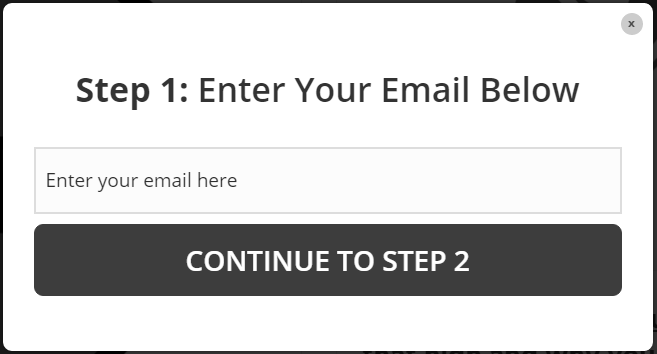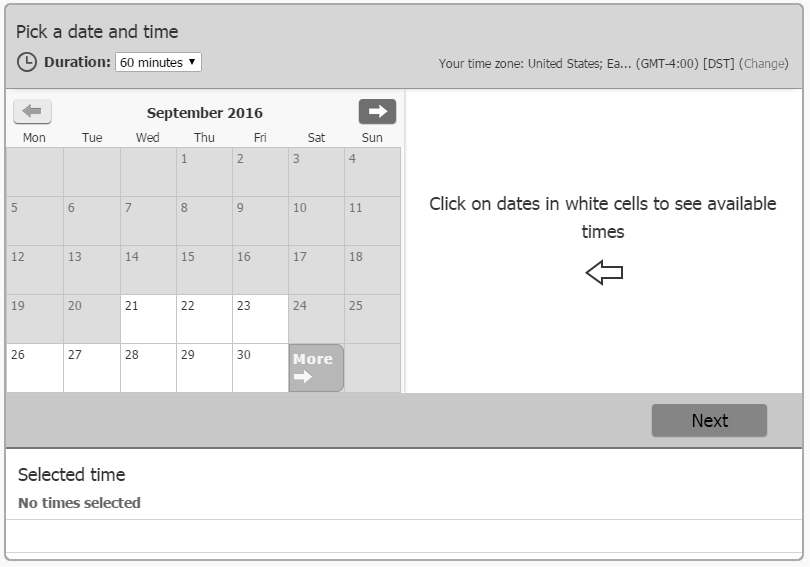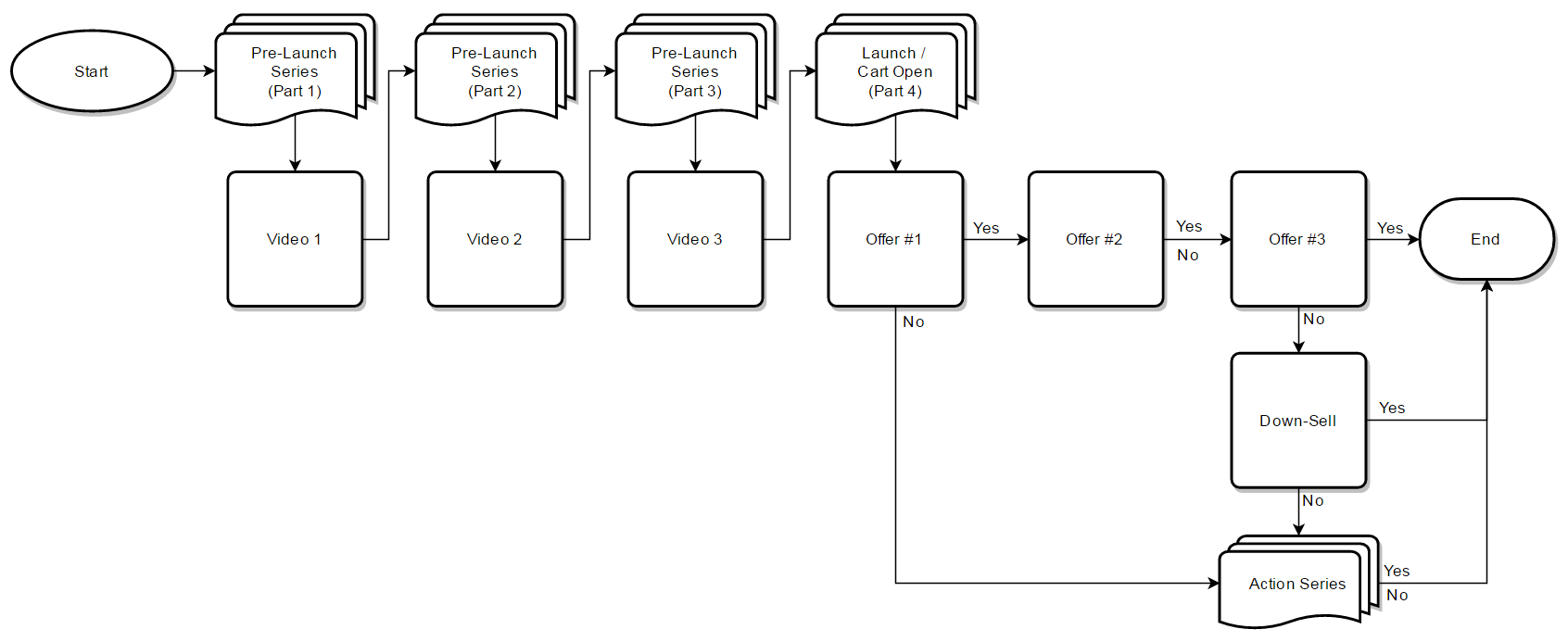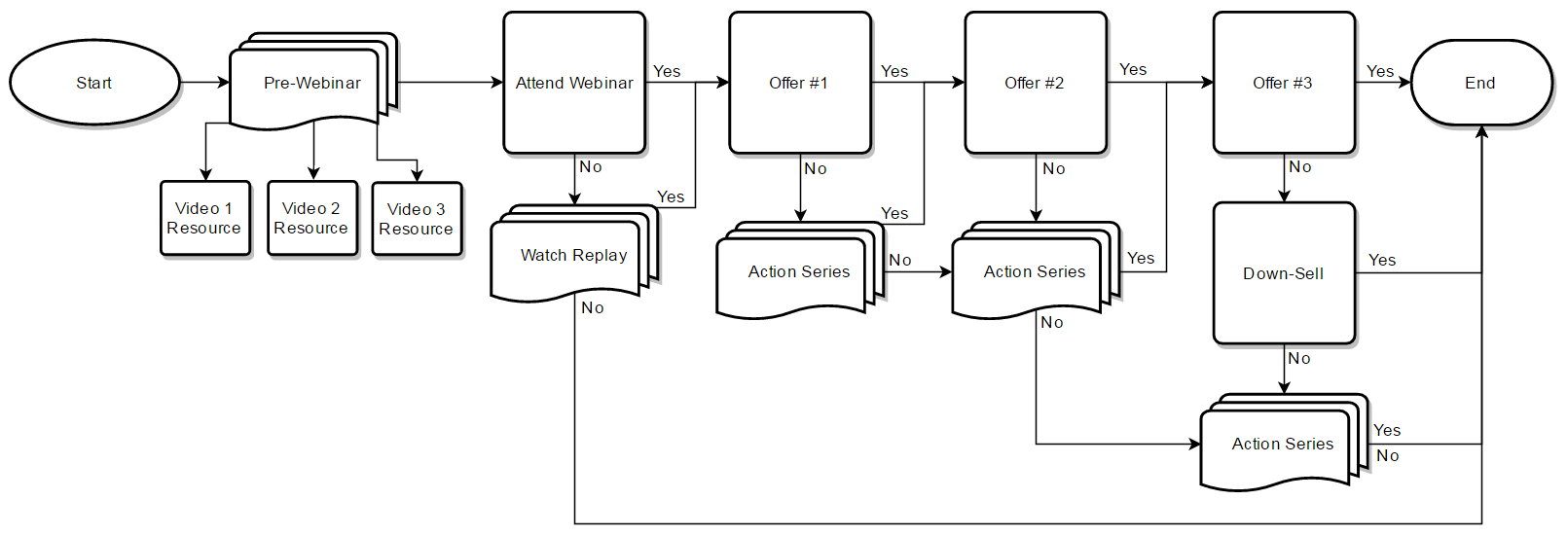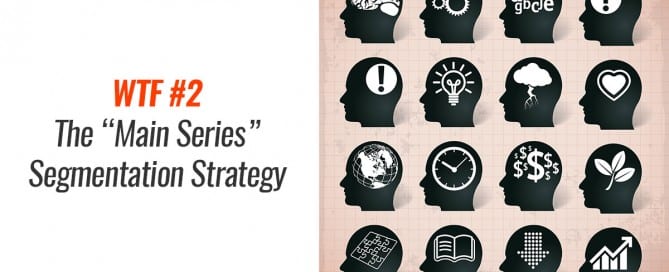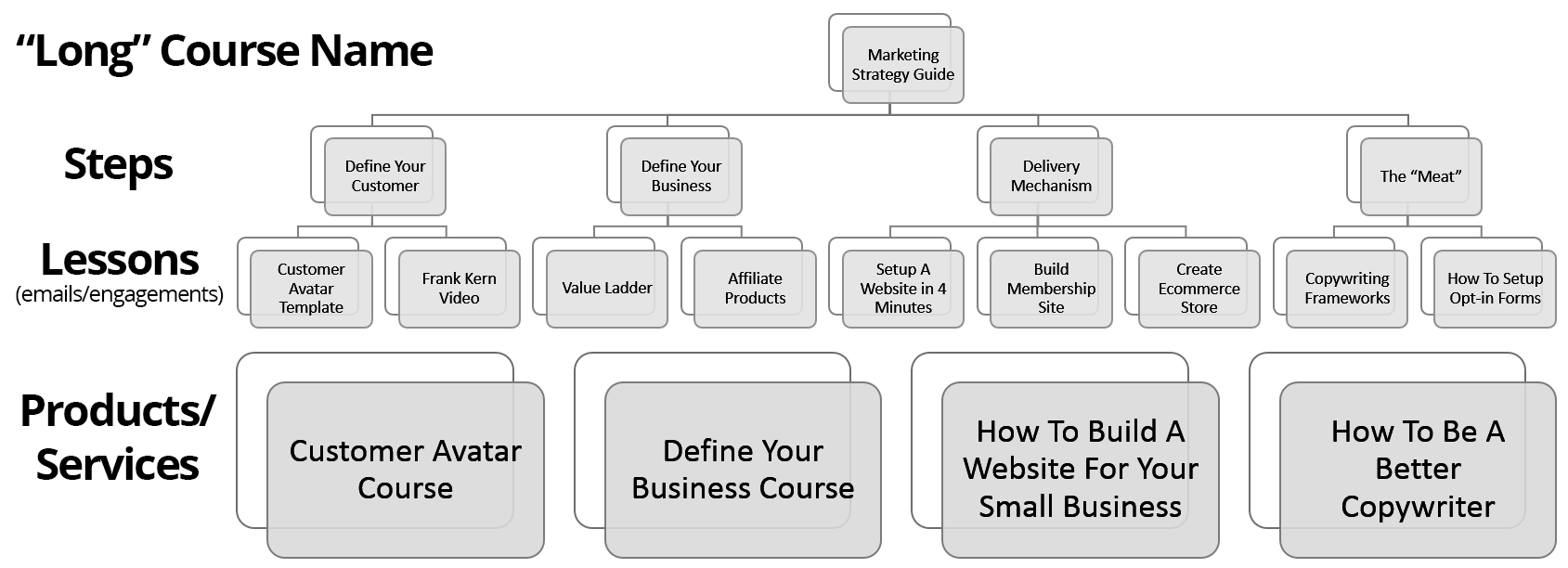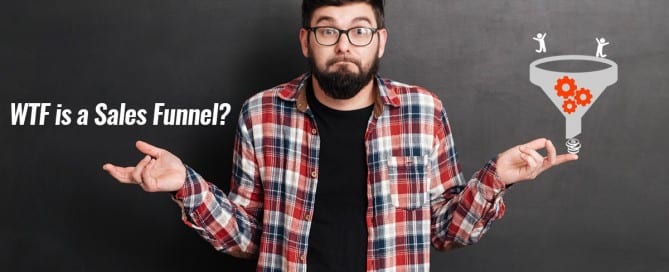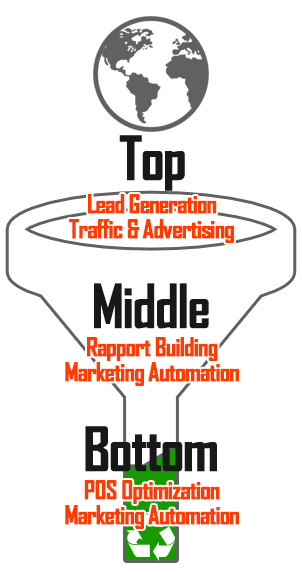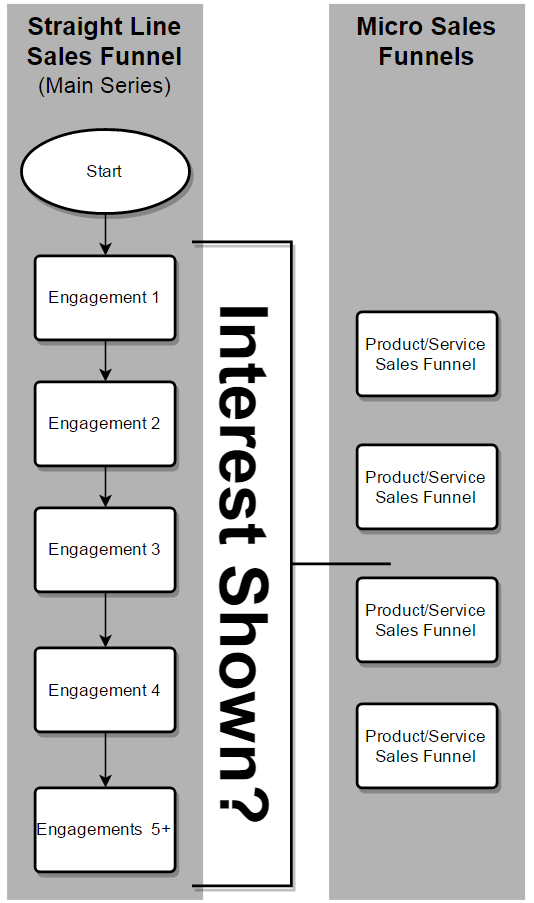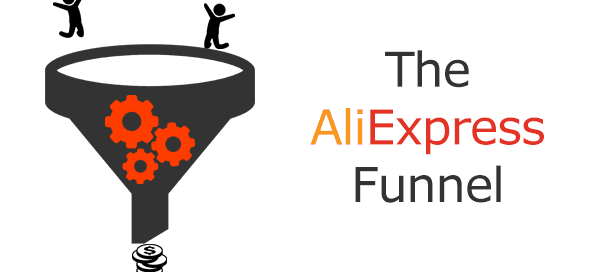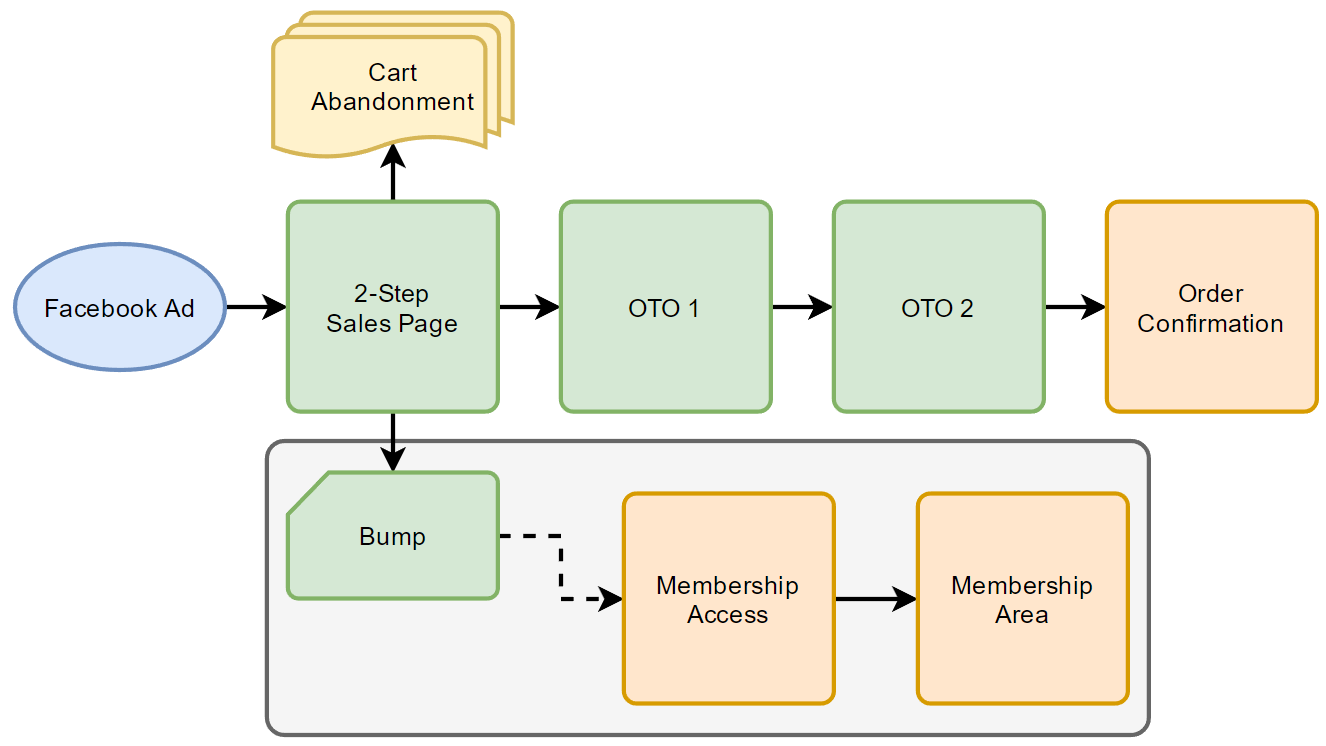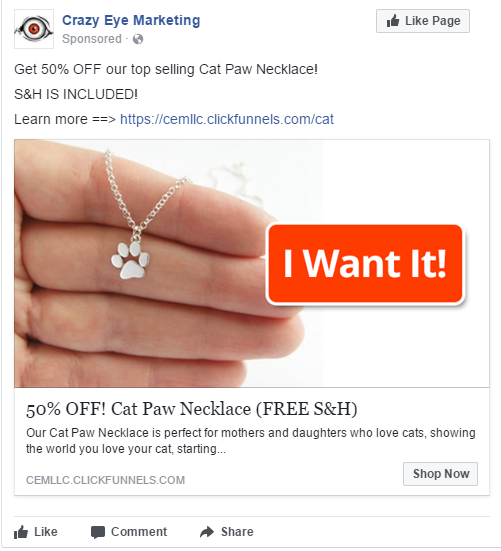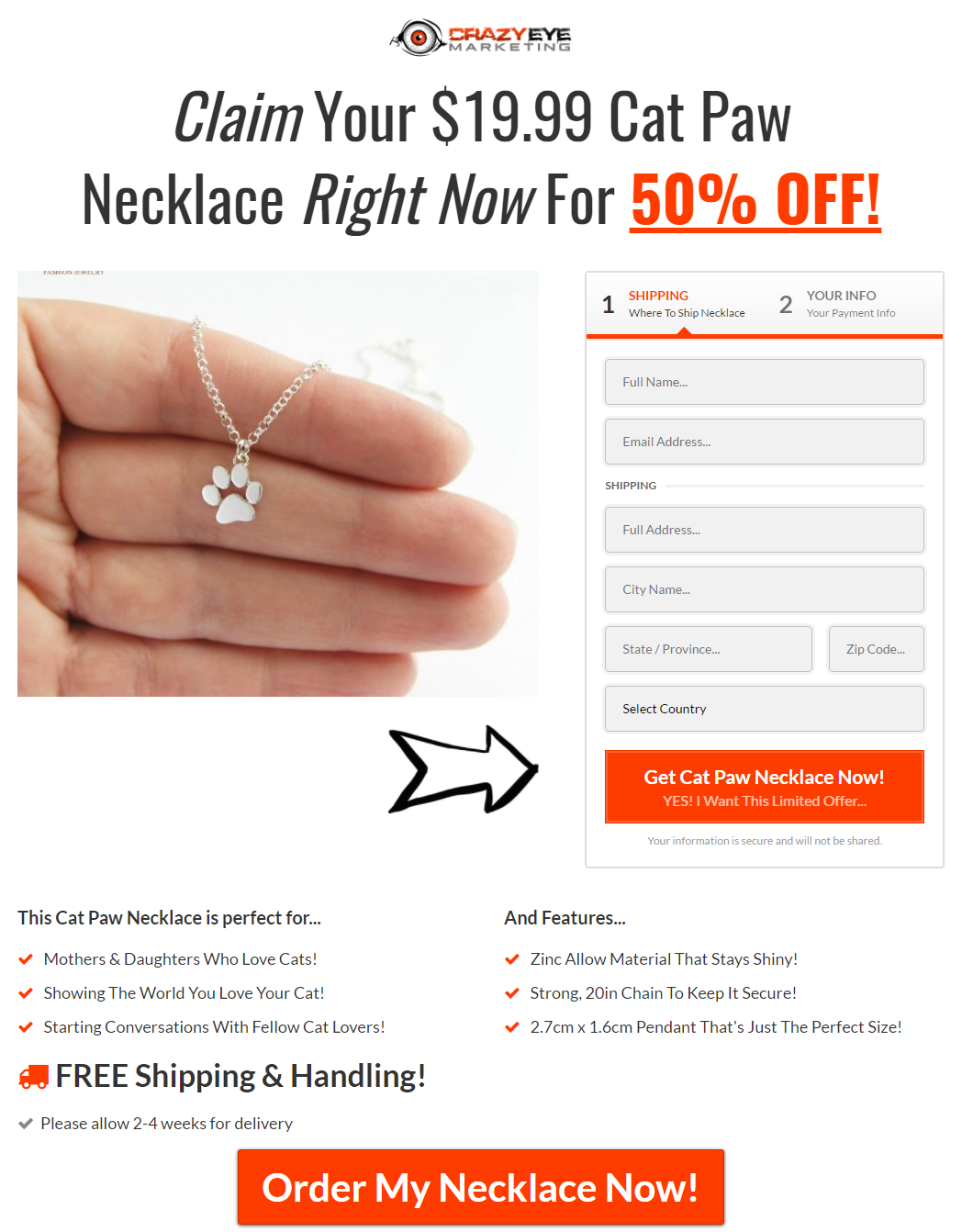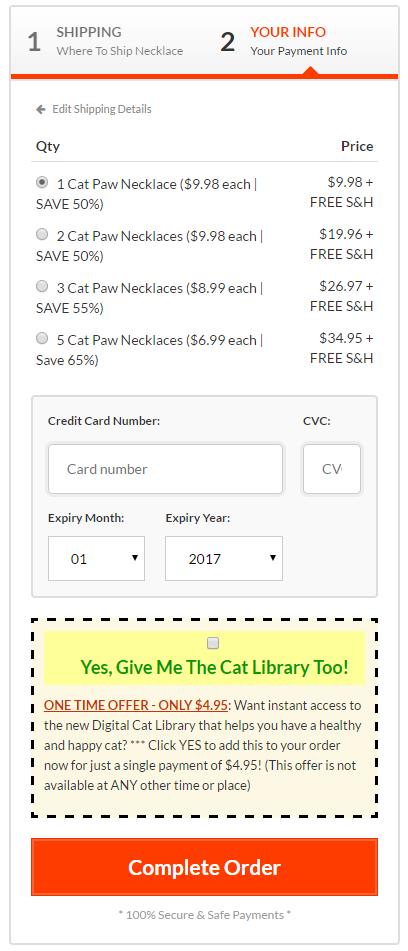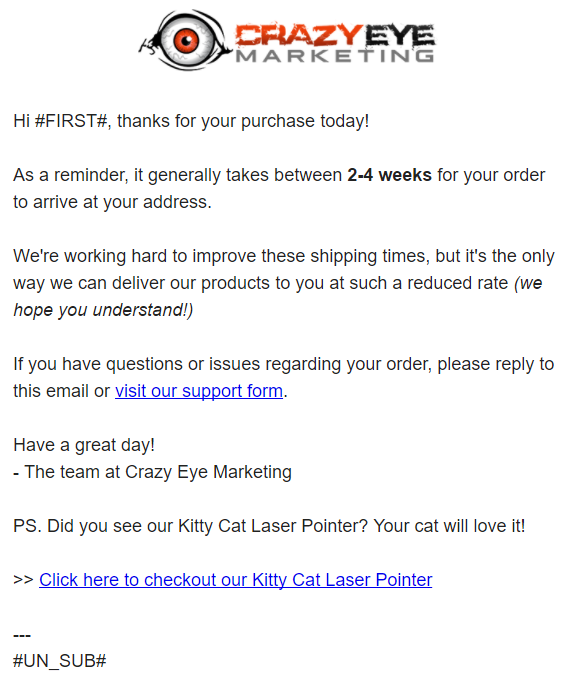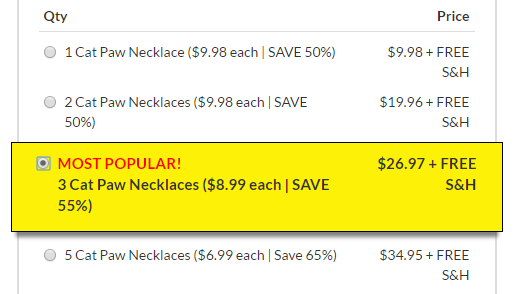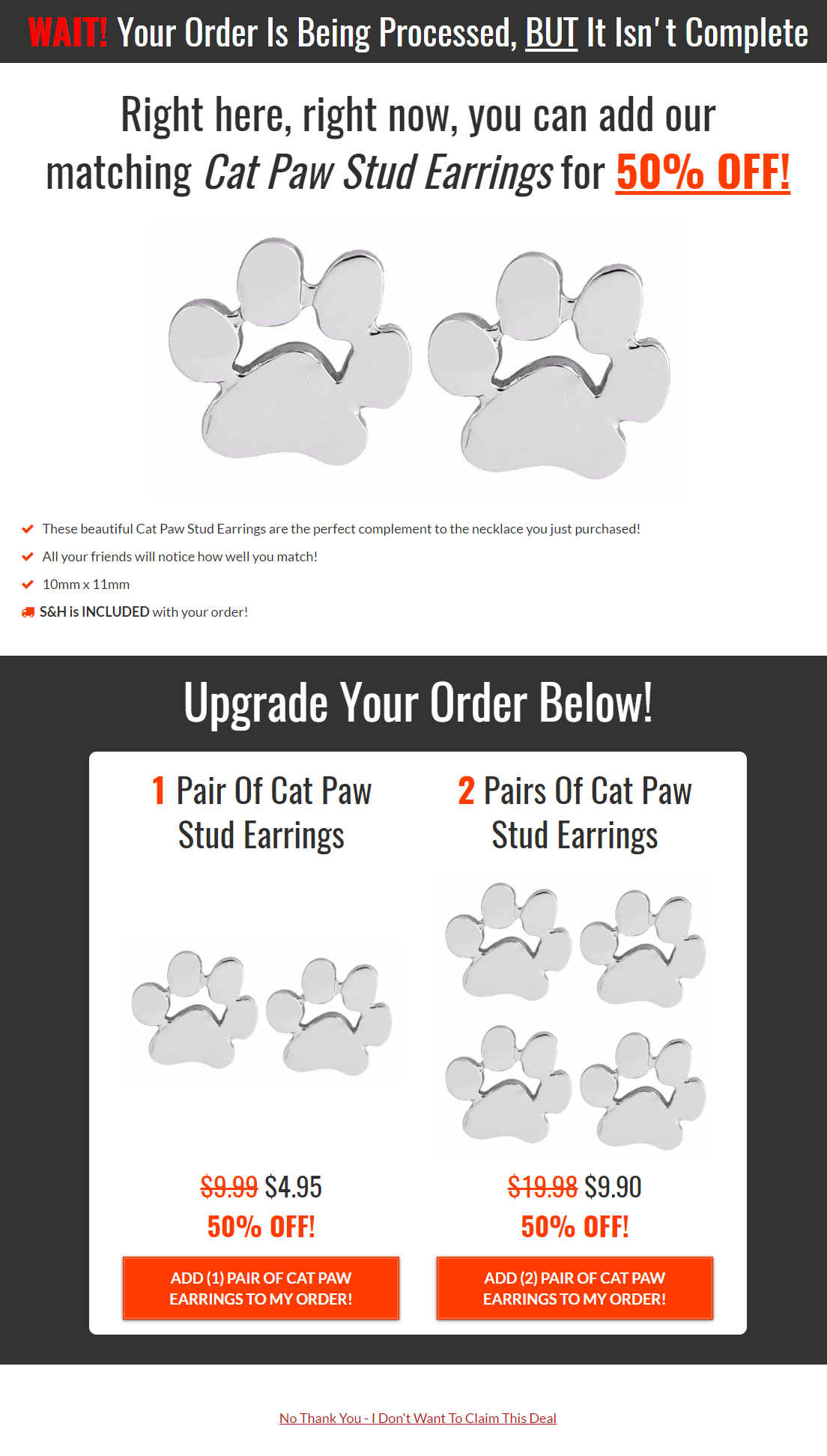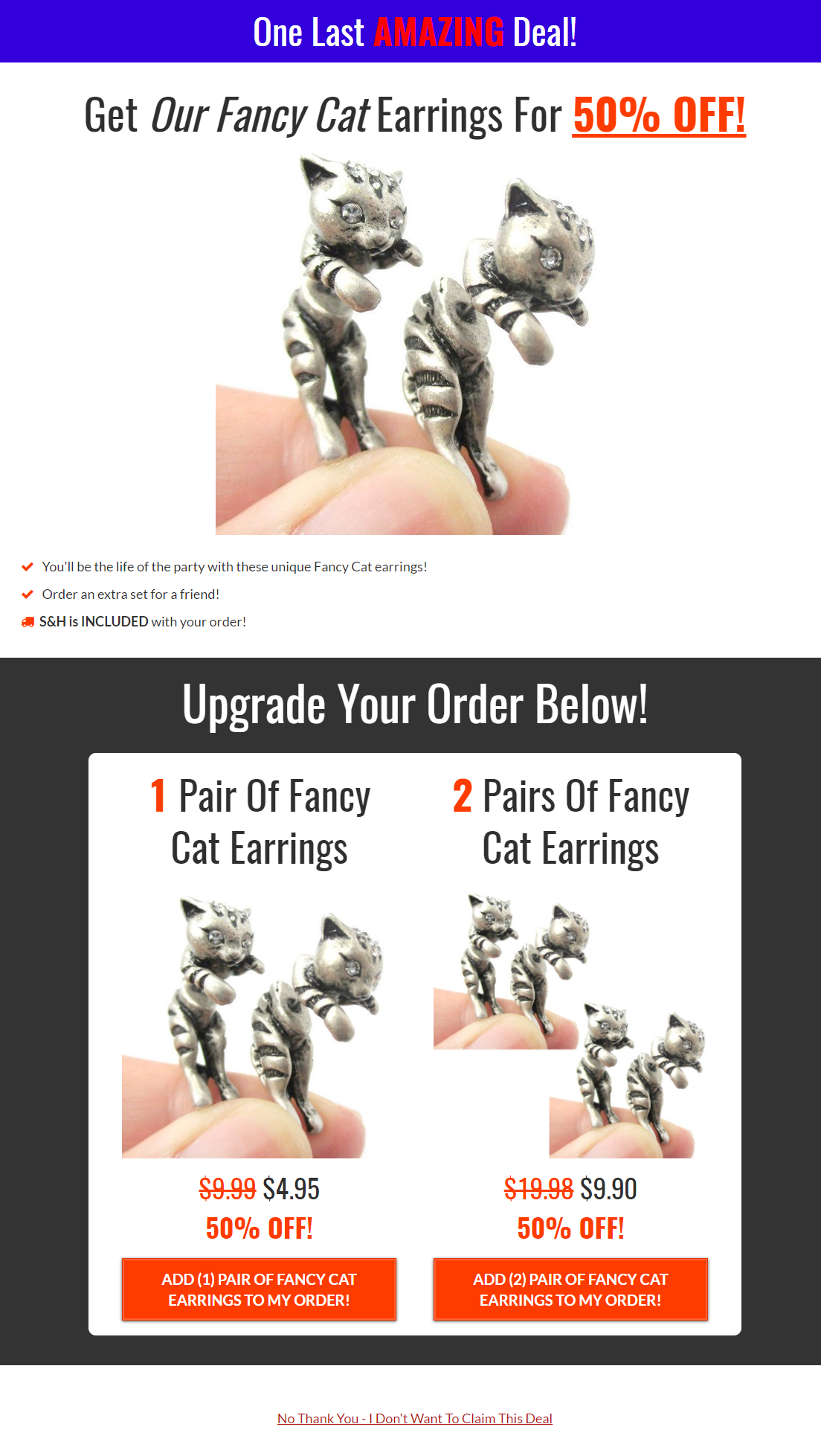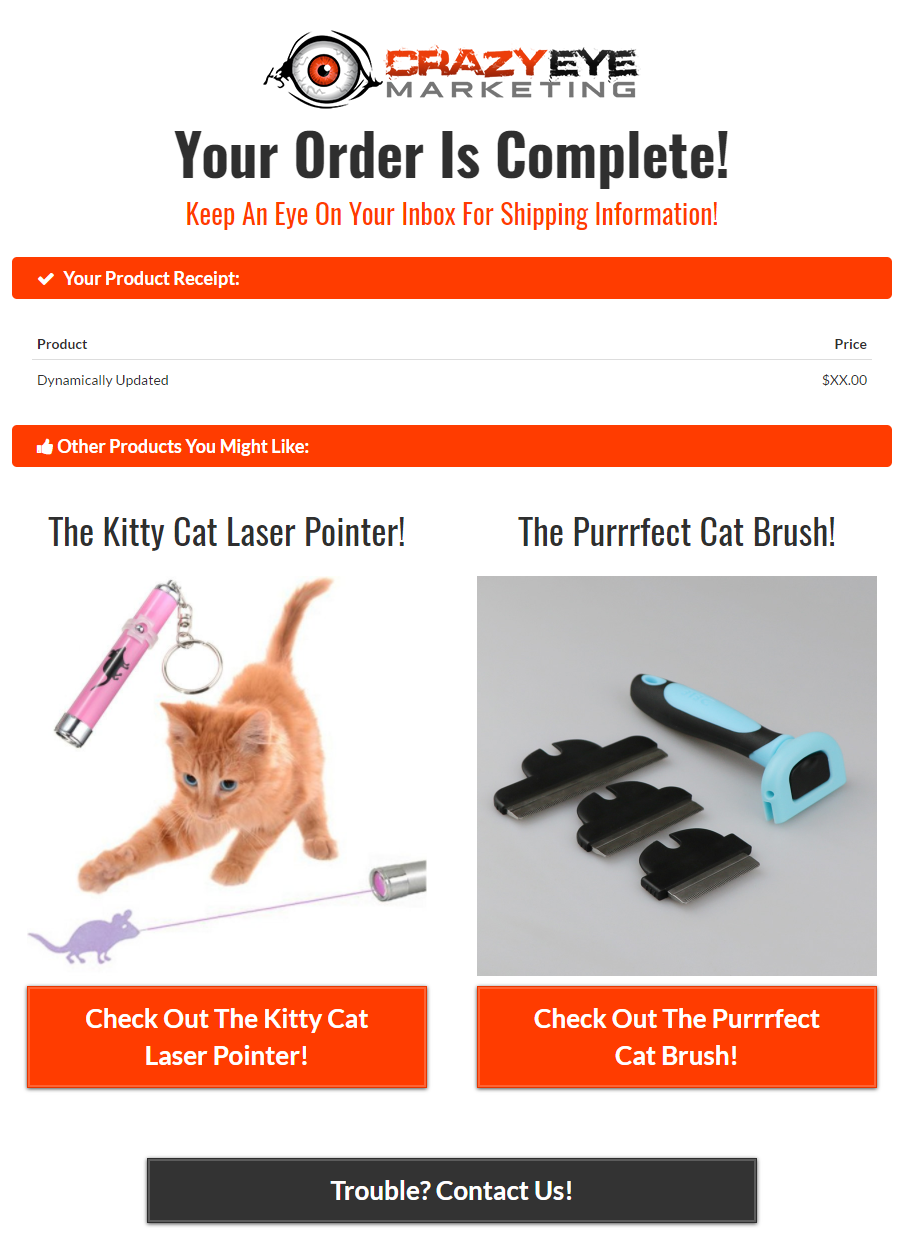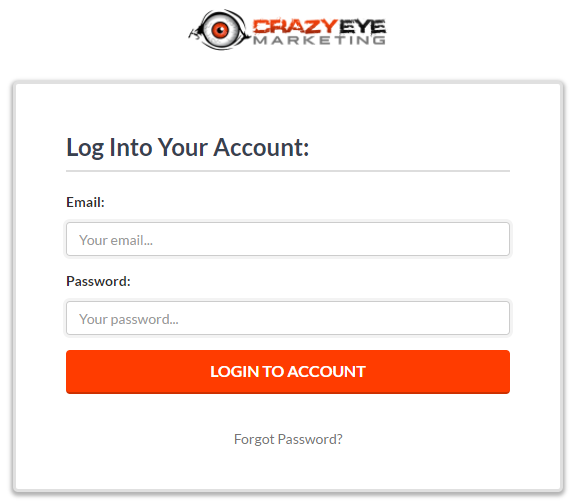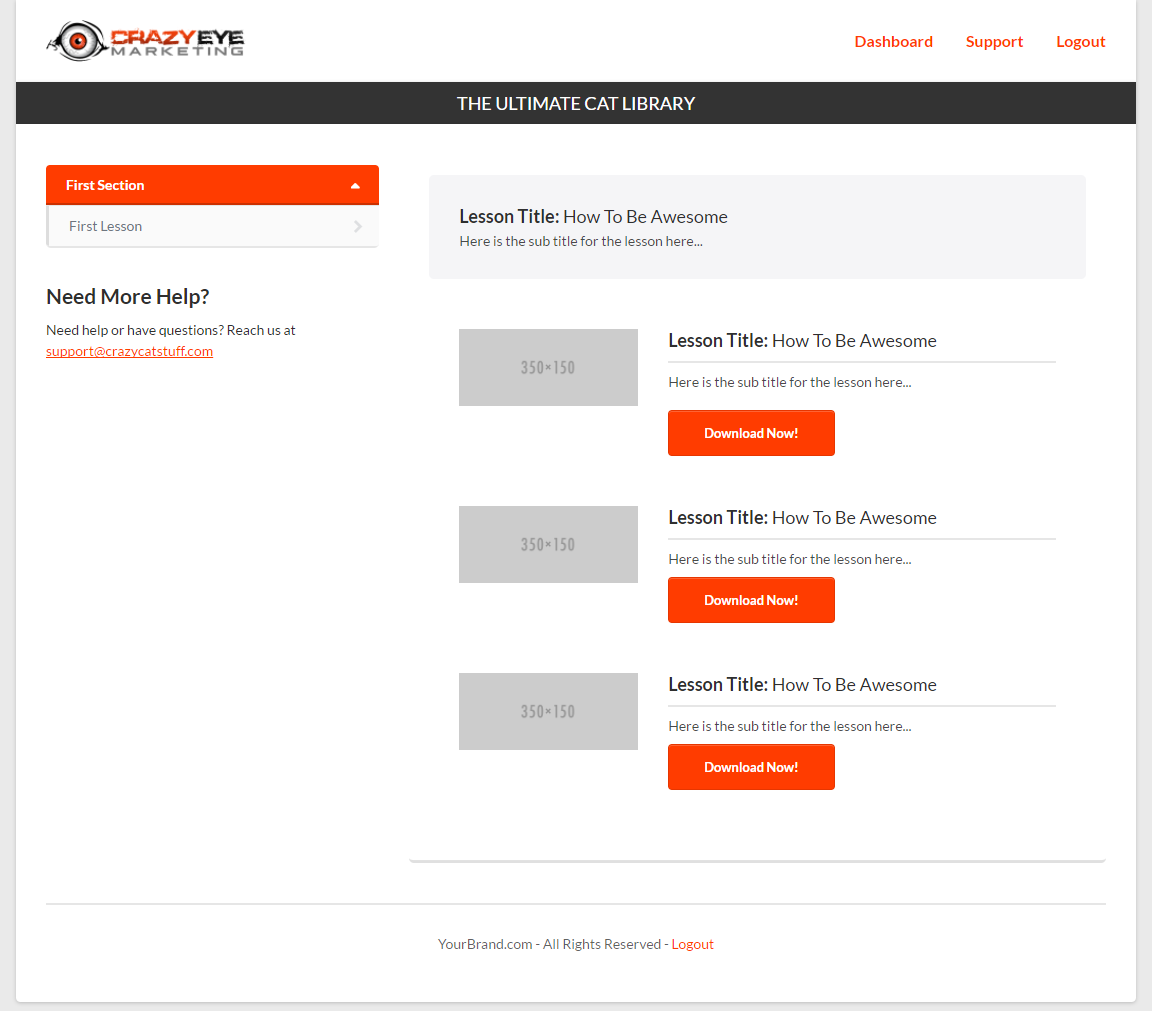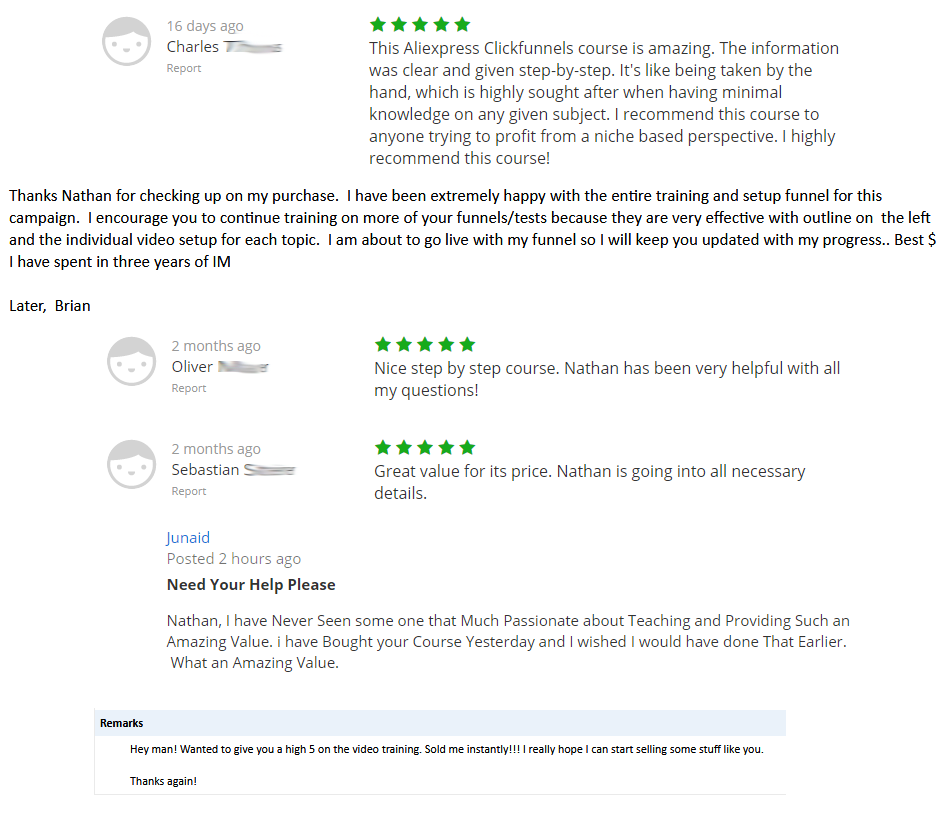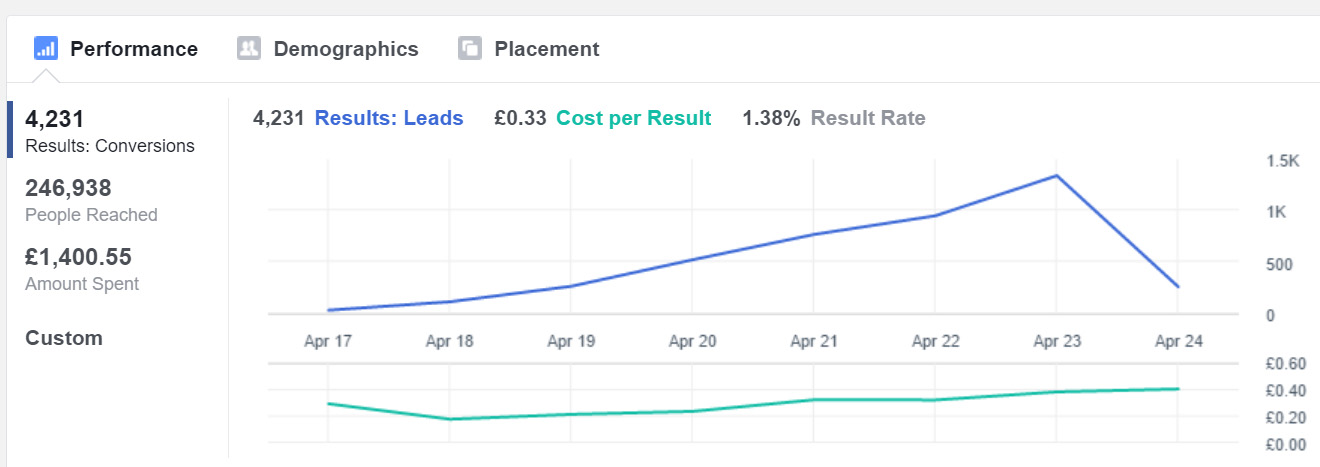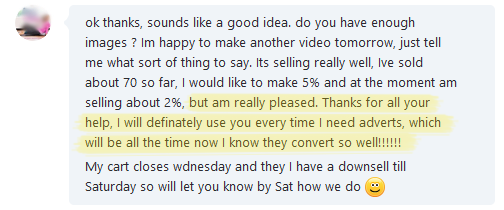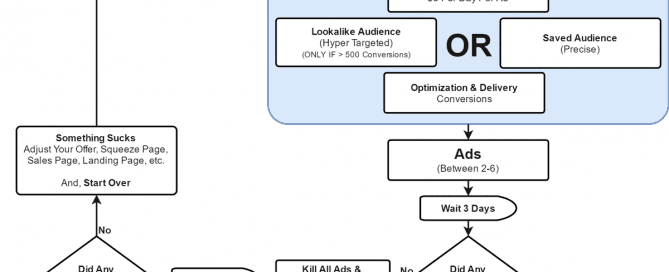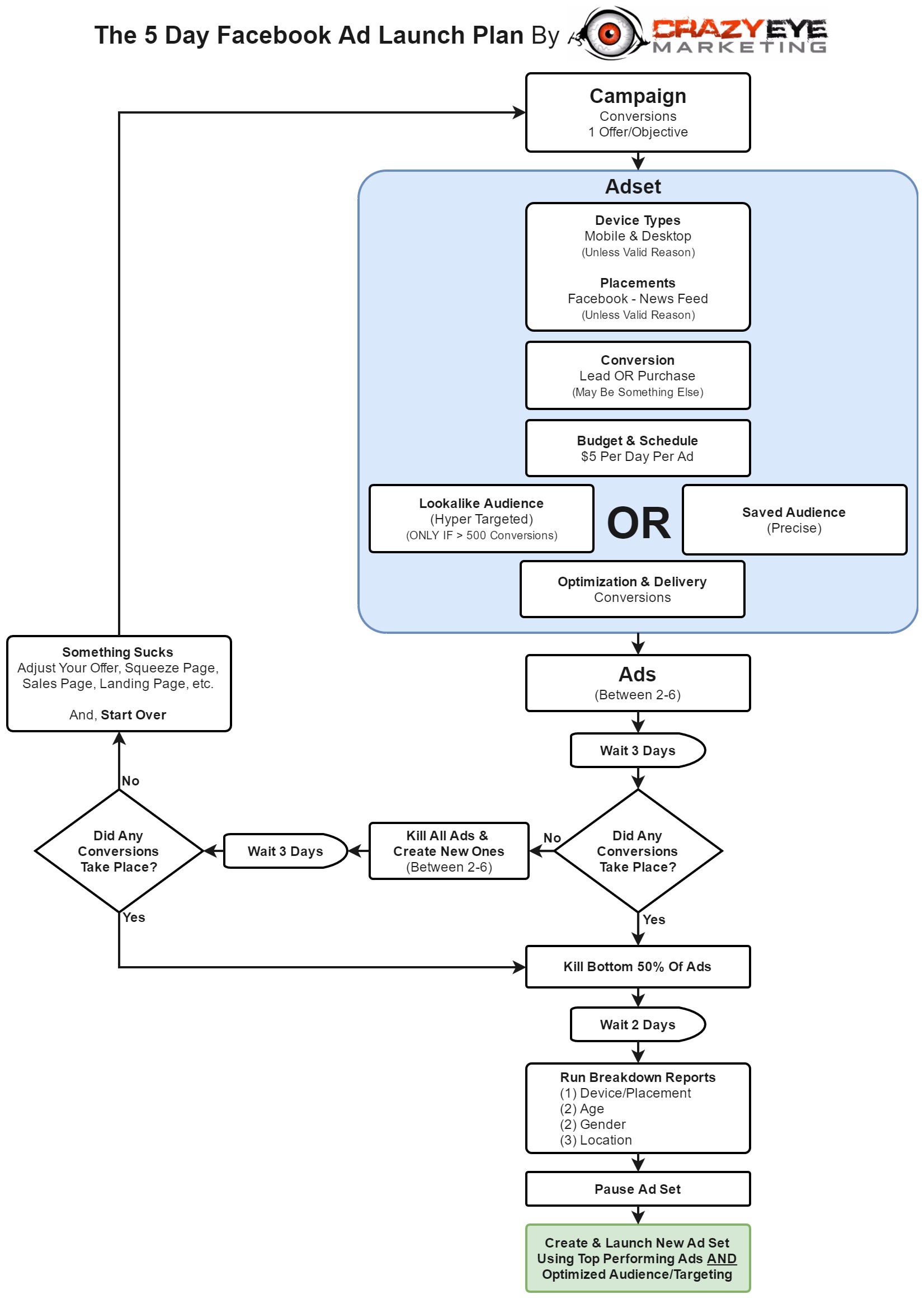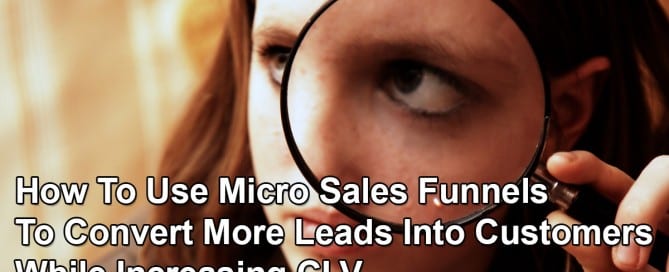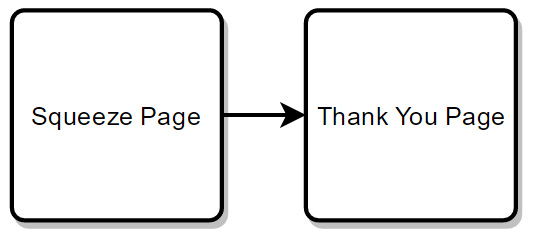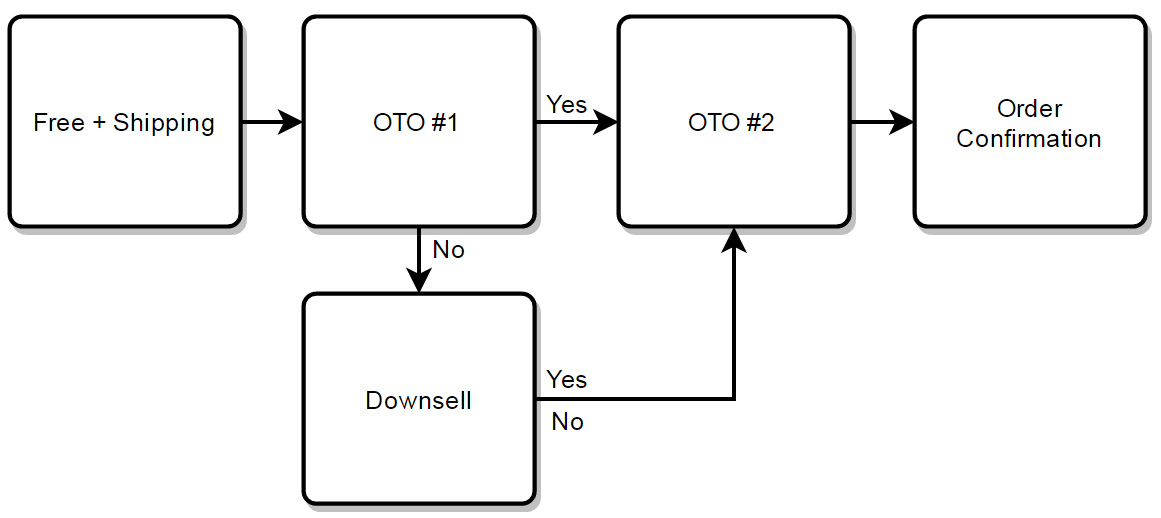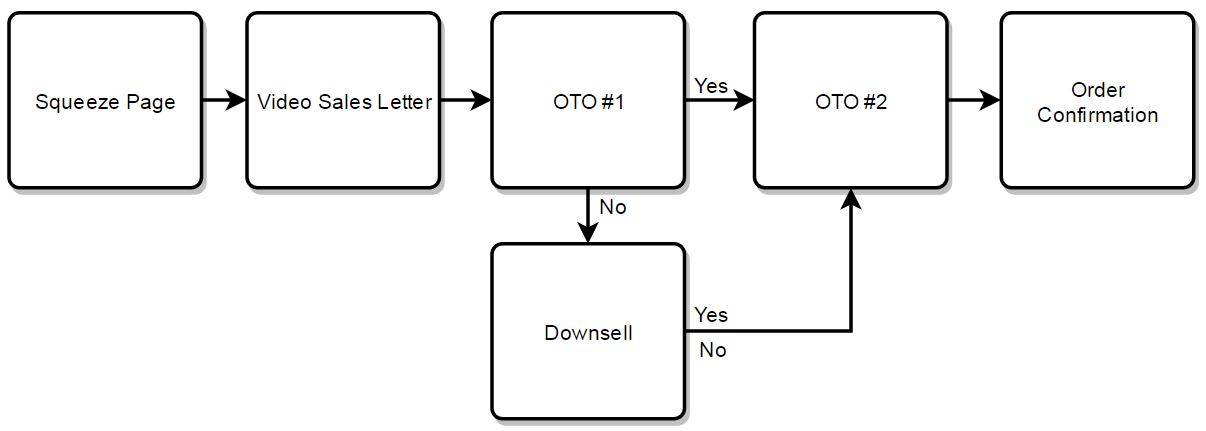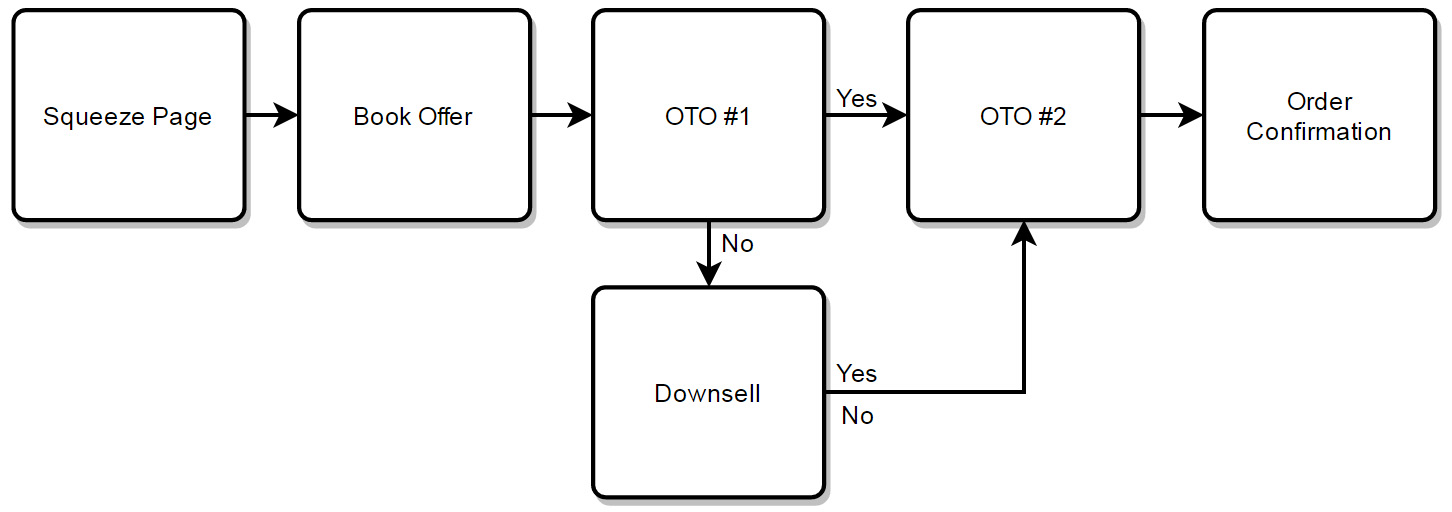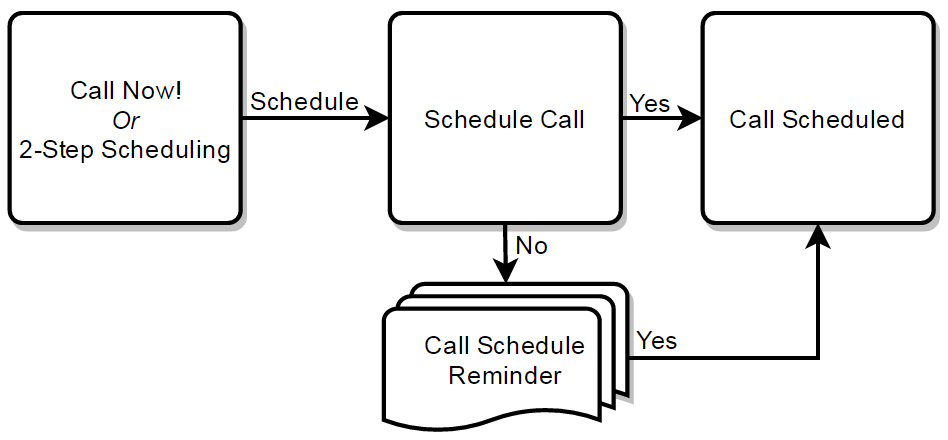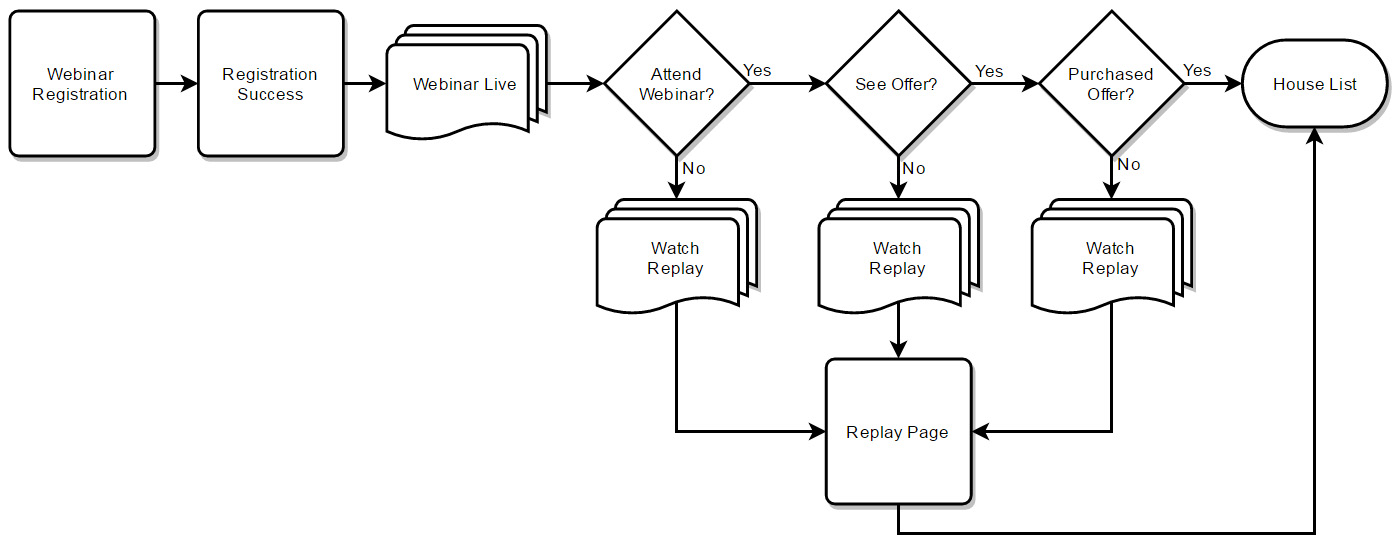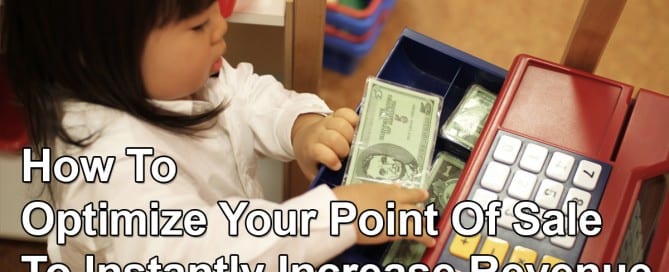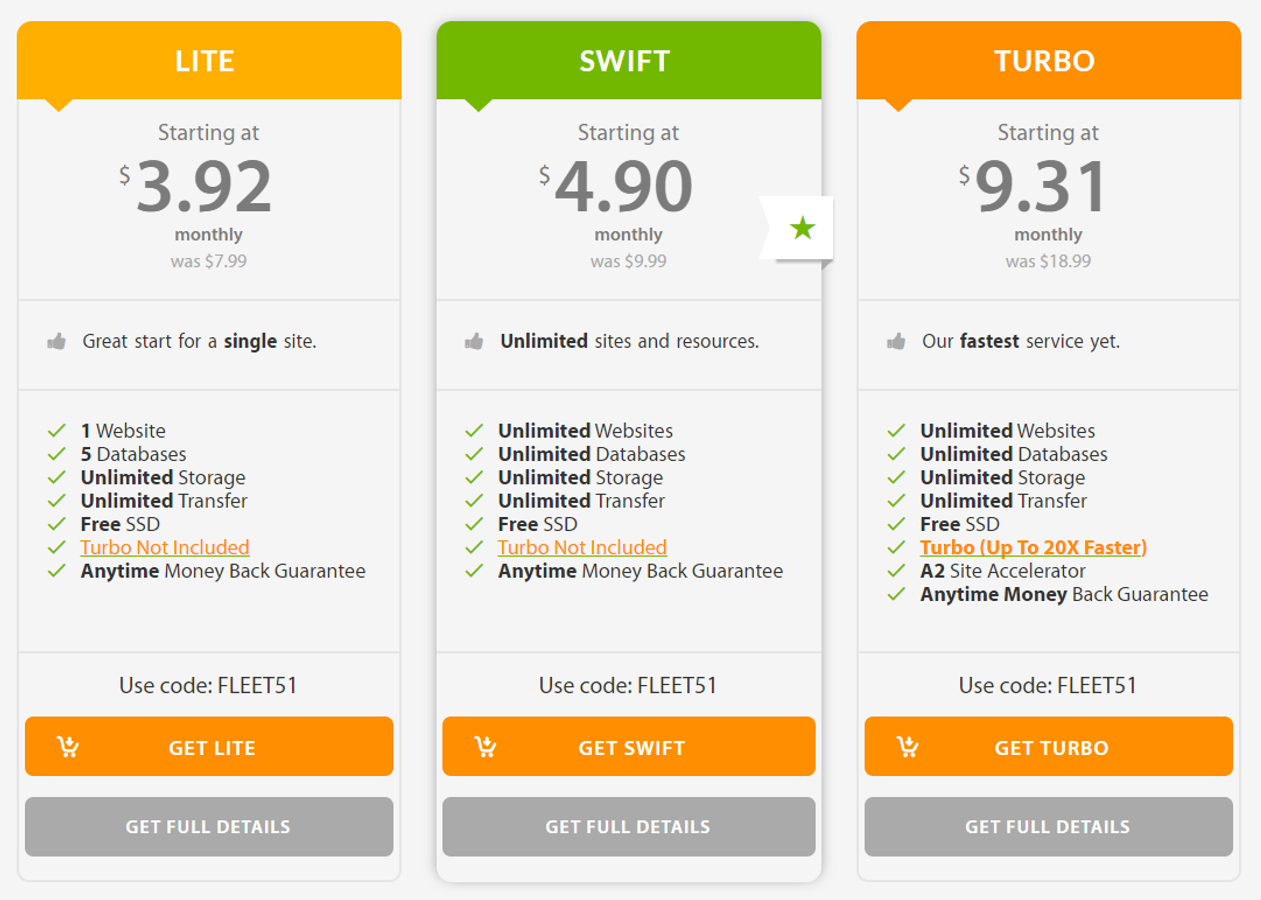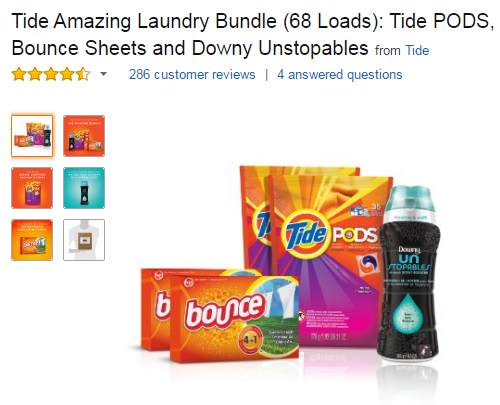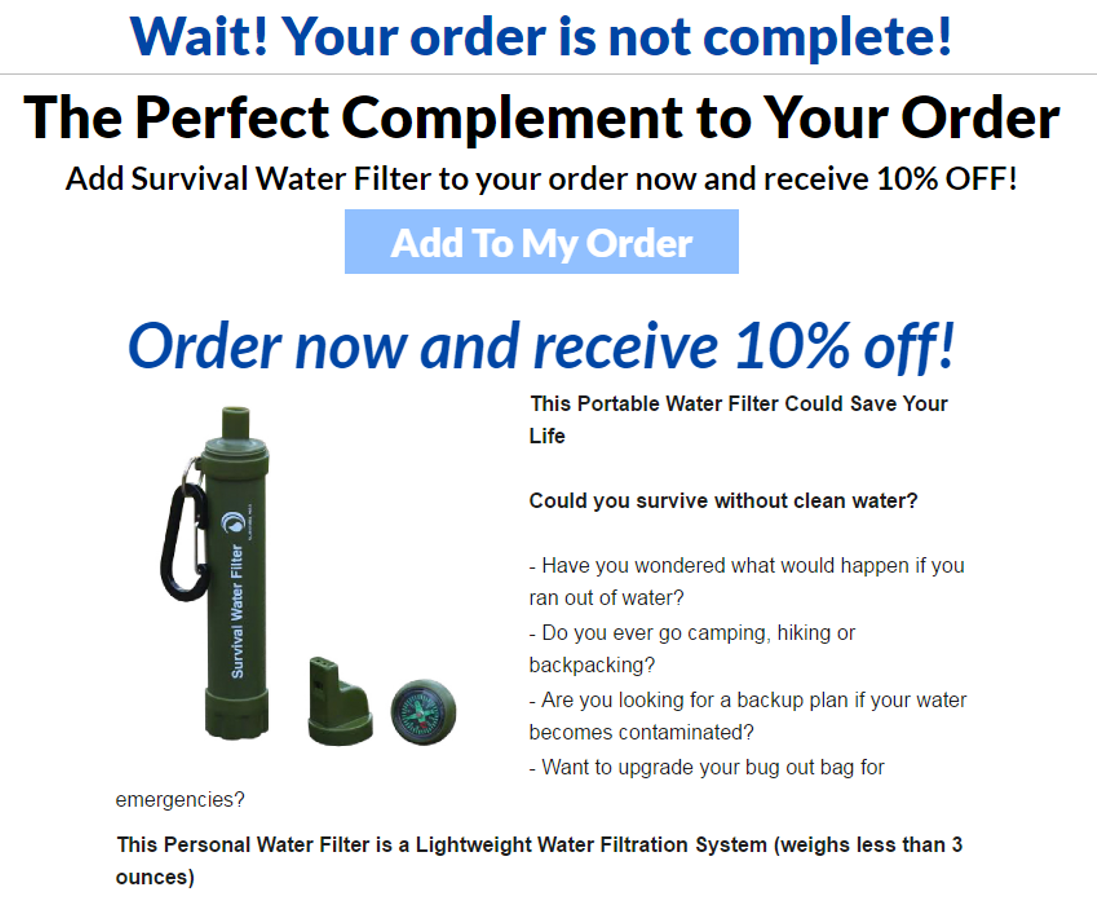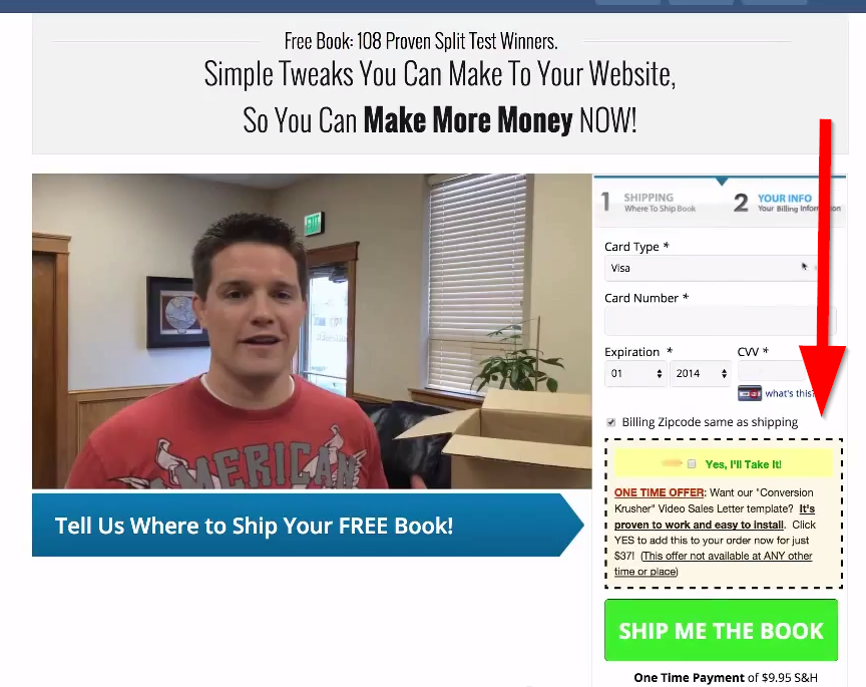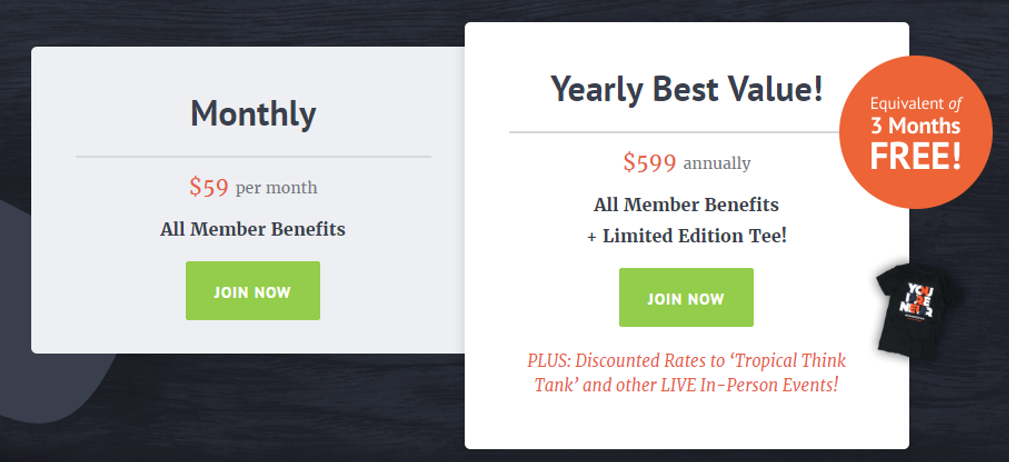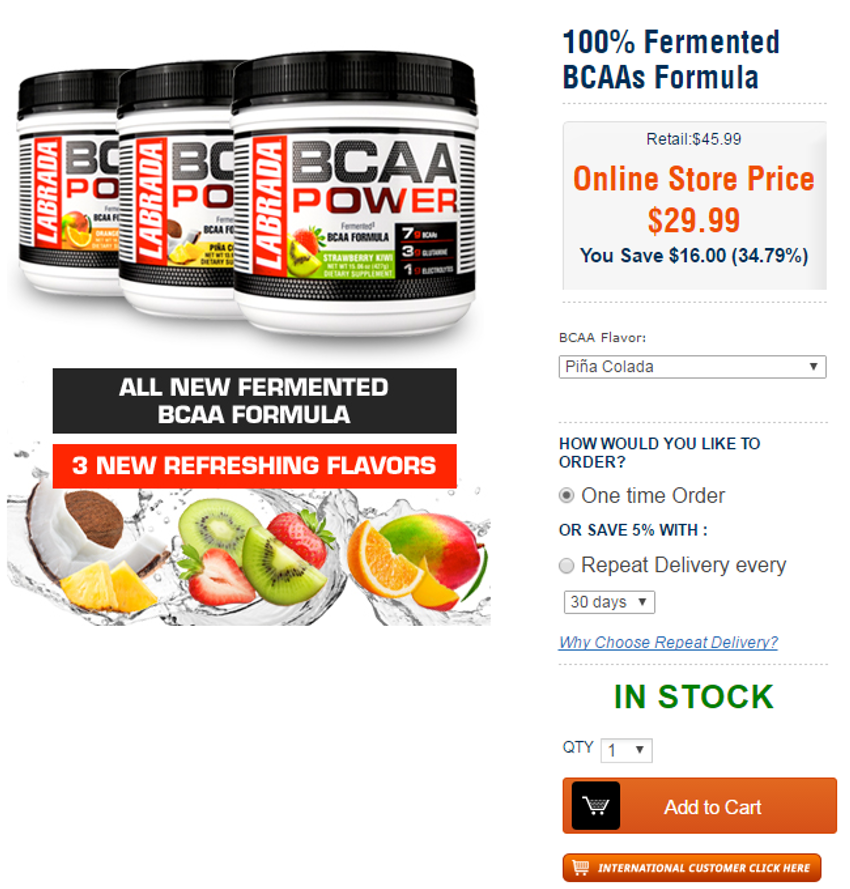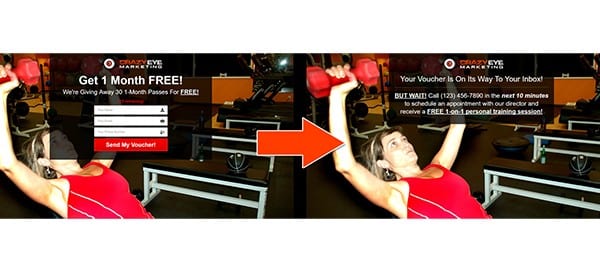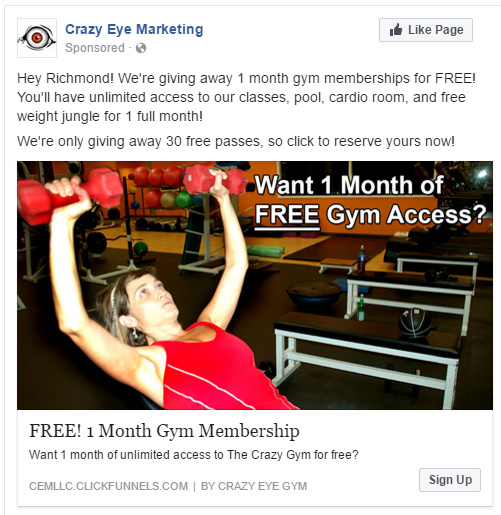WTF #4: How To Get Content For Your Sales Funnels
As you can tell by now, there’s a lot of writing and content creation going into these sales funnels.
(if you haven't read WTF #1, WTF #2, or WTF #3 yet… please do that now because it will setup the rest of this post)
Content creation includes all the emails or engagements, the sales pages, video sales letters, product launch videos, webinars, ads, blog posts, YouTube videos, and beyond.
Even though you’re not going to sit down and create all of this in one day and your Interest Driven Sales Funnel will grow over time, it’s still a lot of work.
The good news is there’s a methodology for all this content creation that will help guide your success.
I’m referring to copywriting.
If you’re unfamiliar with the concept, you can find one of the best and most fun definitions for copywriting here: http://kopywritingkourse.com/what-is-copywriting/
For our sake, copywriting is the art and science of creating content, whether text, video, images, etc. that gets people to take the action we desire – clicking, buying, calling, subscribing, etc.
Copywriting doesn’t mean creating pushy, salesy, high pressure content. It’s about connecting with your customer and framing your content in a way that drives the action you desire.
By knowing copywriting is a “thing” and by having a basic understanding of how it works, you’re going to look at all the content you create in a new light.
You will start creating more engaging content that leads people down a path, where by the end, they’ll be excited to take whatever action you request.
While this is by no means an inclusive post on copywriting – there are people much smarter than I that have written books on the topic – I still wanted to take a few minutes to get you pointed in the right direction.
Having even the simplest understanding will help you tremendously.
Copywriting Formulas
Everyone loves formulas, right? All you need to do is follow them and boom! You’re rich!
Ok, obviously it’s not that easy, but formulas get you moving in the right direction.
Fortunately, there are hundreds of copywriting formulas to suit your every need. There are the “tried and true” formulas, some for long form copy like sales pages, others for one sentence ads, and everything in between.
These copywriting formulas work so well because they are deeply rooted in psychology. By following them, you’re able to hit on certain psychological cues, or angles, that really connect with your leads and customers.
The formulas help you cover all of your bases, and ensure you don’t leave anything out.
Google will be your friend here; simply Google “copywriting formulas” and start looking for one that resonates with you and the product or service you’re trying to sell. Some of these formulas have massive write-ups with tons of examples, you should never feel “stuck”.
A Few Popular Copywriting Formulas
Here are a few, very popular, copywriting formulas you may find helpful:
Before-After-Bridge
- Before – What life is like before your product/service enters it
- After – How great life is after your product/service is in your subscriber’s life
- Bridge – Your product/service … aka … How to get to the “after”
Problem-Agitate-Solve
- Problem – Identify the problem in your subscriber’s life
- Agitate – Make the subscriber “angrier” about their problem
- Solve – Present your product/service as the solution to this aggravating problem
Attention-Interest-Desire-Action (AIDA)
- Attention – Grab your subscriber’s attention by being bold
- Interest – Give your subscriber interesting information on the problem your product/service solves
- Desire – Present the benefits of the product/service and provide proof it does what you say
- Action – Ask them to buy
How To Use The Formulas With Your Emails (Action Series)
As I alluded to earlier, these copywriting formulas can be used in a variety of places. You can use them to help structure your sales pages, your ads, your blog posts, and of course – your emails.
You will typically use these formulas when you write your Action Series emails. Remember, copywriting is all about getting people to take action – which is exactly what we want from our Action Series. You’re no longer trying to gauge interest, you’ve done that via the Main Series, Specific Lead Magnet, click, pageview, etc. Now it’s time to get the individual to buy something from you.
How you’ll apply these formulas to your email marketing campaigns will depend on your audience and what you’re trying to sell.
Some audiences enjoy receiving long, thorough emails; others want a short blurb with a link to more information.
Complex or expensive products and services tend to take more “convincing” than simple or cheaper products and may require more emails to ensure you cover all the angles.
Here are a few ways to use these powerful copywriting formulas to structure your emails:
1 Email, Short
In this scenario, include the entire copywriting formula in one email … in as few sentences as possible.
The goal is to get people to click through in order to receive more information.
This scenario comes in handy when your audience doesn’t read long emails and/or mainly checks their email on a mobile device. They don’t have the time to sit and scroll through a long winded email.
For example (AIDA): Missing out? 99% of small businesses don’t have a sales funnel. Stop leaving money on the table! Click Here to learn more!
1 Email, Long
In this scenario, you would include the entire copywriting formula in one email, but it would be presented in several sentences and paragraphs – more like a sales page.
The goal is to really “sell” in the email. It can even link directly to the order form as opposed to a sales page.
This scenario comes in handy when you want to try a different angle than the normal sales page or if you’re trying to sell an affiliate product. (When you don’t control the sales page, but want to provide as much information as possible in your own voice before sending your subscriber to someone else’s sales page, this is a good method.)
Email Series
In this scenario, you break up the copywriting formula across several emails.
The goal is to introduce different angles to the subscriber to drive them to either your sales page or order form (if it makes sense to do so).
For example, with the problem-agitate-solve formula, the first email could talk solely about the problem your subscriber is facing. The second email would agitate the problem by relating it to emotion or what they’re missing out on by having this problem. The third email lays out the solution, ie. your product or service.
This scenario comes in handy when you’re trying to sell something complicated and/or expensive and you need more time.
Here are two pre-written Action Series that follow proven copywriting formulas. These will help you better understand this concept and get you moving in the right direction!
Conclusion
Sales funnels require heaps of content. Whether digital or physical; written, video or imagery; sales pages, ads or emails – no matter the medium, it’s a lot.
The good news is, if you follow the Interest Driven Sales Funnel concept, you don’t need to create all the content in one day. The system you develop is modular, meaning you can add a few pieces of content to your Main Series, then work on a Micro Sales Funnel for one of your products, then add a few more pieces of content to your Main Series, and so on.
Don’t let the sheer amount of content creation scare you. Let proven copywriting formulas guide your content creation. All you need to do is follow them, there’s no need to reinvent the wheel each time.
Finally, it’s always better to create your own content; however, you can certainly use the works of others for inspiration and guidance!
Continue Onward!
Having tons of amazing content doesn't mean much if no one is there to see it!

